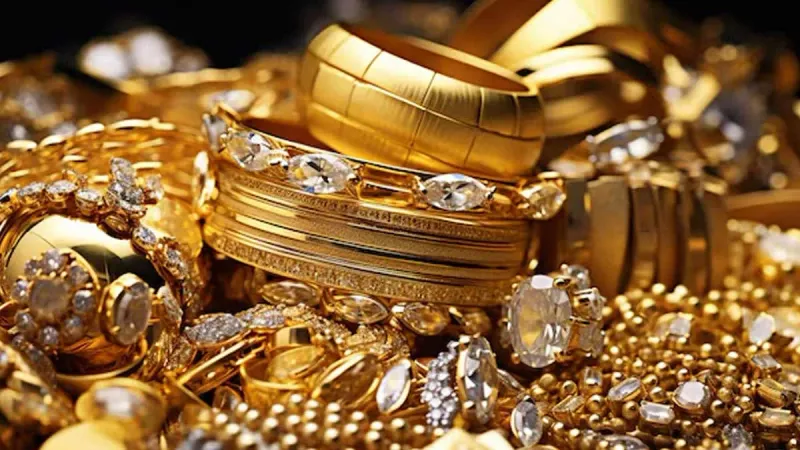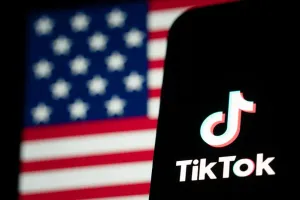
Gold prices have surged to a historic peak, surpassing $4,000 (£2,985) an ounce, as global investors seek safe havens amid escalating political and economic uncertainty.
The precious metal's value climbed to over $4,036 an ounce on Wednesday afternoon in Asia, marking the steepest rally since the 1970s. Spot gold, the real-time price for immediate delivery, has risen by nearly a third since April. This dramatic ascent followed US President Donald Trump’s announcement of tariffs, which disrupted international trade and rattled investor confidence.
Gold futures, which indicate broader market sentiment, also reached the same level on October 7. These contracts represent agreements to buy or sell gold at a specific price on a future date.
The surge comes as the US government shutdown moves into its second week, delaying key economic data and heightening market anxiety. The deadlock, sparked by disagreements over public spending, has become a “tailwind for gold prices,” according to Christopher Wong, a rates strategist at Singapore’s OCBC bank. He noted that in previous shutdowns, investors similarly turned to safe haven assets like gold. During the month-long shutdown in Trump’s first presidential term, gold climbed nearly 4%.
Still, Wong cautioned that if the shutdown ends sooner than anticipated, gold prices could decline. He also pointed out that “gold is often seen as a hedge against uncertainty, but the hedge can be unwound.” For example, in April, gold dropped roughly 6% after Trump stepped back from his push to fire Federal Reserve Chair Jerome Powell.
The ongoing rally has exceeded expectations. UOB Bank’s head of markets strategy, Heng Koon How, described it as an "unprecedented rally" driven in part by a weakening US dollar and increased interest from retail investors, individuals who are not professional traders.
This year alone, a record $64 billion has flowed into gold-backed exchange-traded funds (ETFs), according to the World Gold Council. Unlike physical gold buyers, some investors prefer these financial instruments, which are backed by gold but traded like stocks.
Gregor Gregersen, founder of precious metals dealer and storage provider Silver Bullion, reported that his client base has more than doubled in the past year. He observed growing demand from retail investors, wealthy families, and financial institutions. “Most of our clients are long-term holders,” Gregersen said, noting that many store their gold for more than four years. He added, “Gold will fall at some point, but I believe given the economic environment, it's on an upward trend for at least five years.”
However, as Gregersen acknowledged, gold is not immune to downturns. A reversal in the current trend could occur if interest rates rise or geopolitical tensions ease. In 2022, for instance, the metal’s price plummeted from $2,000 to $1,600 an ounce after the US central bank increased interest rates to combat pandemic-driven inflation, according to UOB’s Mr Heng.
Mr Wong echoed that sentiment, noting that a sudden rise in inflation could prompt the Federal Reserve to hike rates again posing a major risk to gold's momentum. At present, though, the market is factoring in expectations that the Fed will lower rates, which tends to boost the appeal of gold.
Meanwhile, President Trump has intensified his criticism of the Federal Reserve, publicly pressuring the central bank to cut rates more aggressively. He has also attempted to fire Fed Governor Lisa Cook. Mr Wong warned that such actions could “undermine confidence in the its ability to act as a credible, inflation-targeting central bank.” In this kind of uncertain climate, he said, gold’s traditional role as a hedge becomes even more vital: it “gains renewed importance.”














Carne Lee
Leave a Comment
Your email address will not be published.